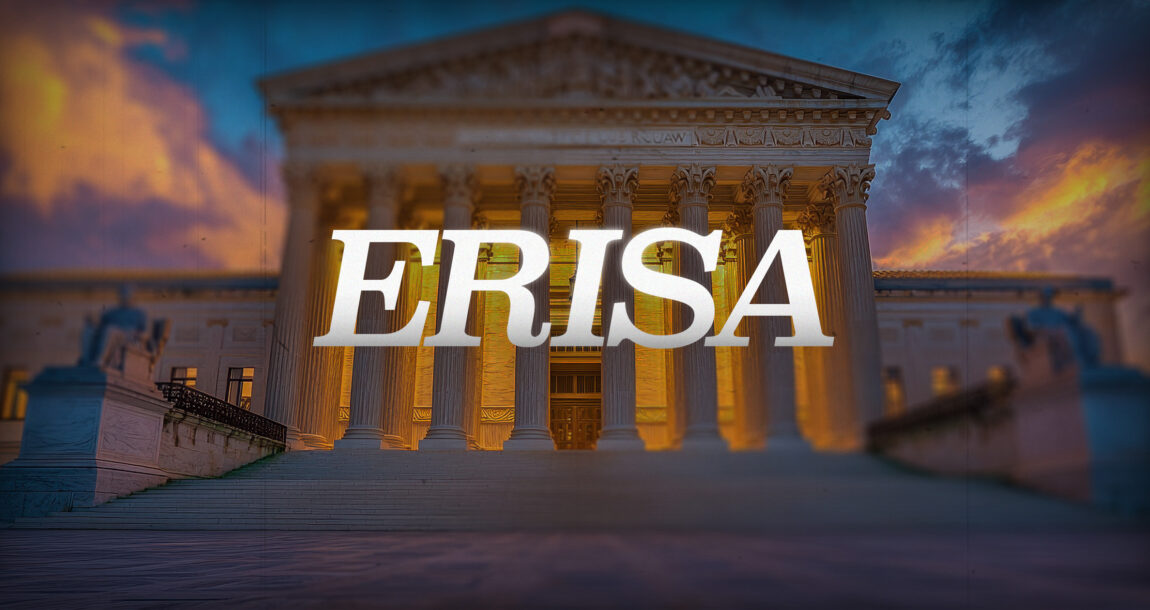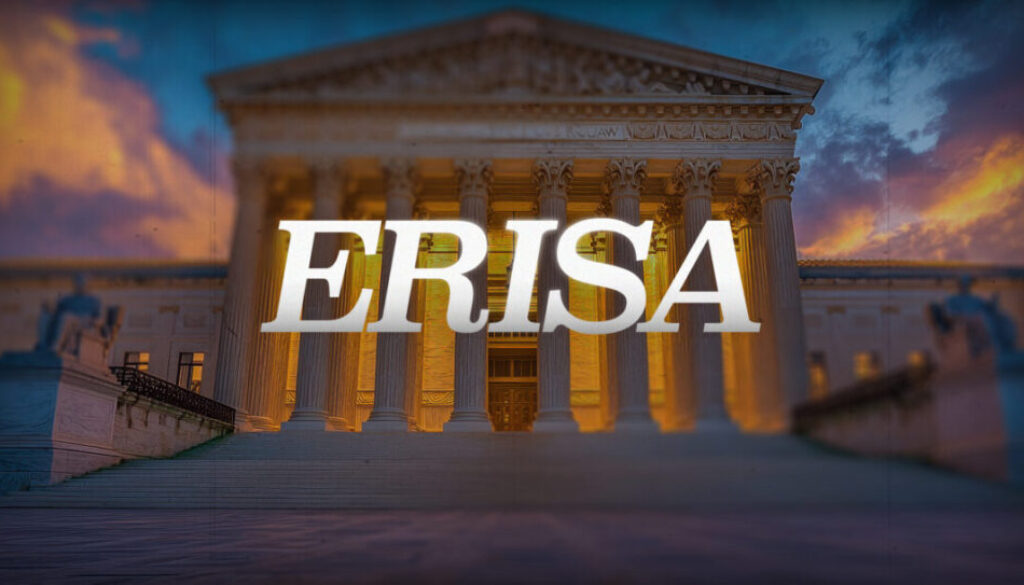Supreme Court to look at ERISA rules in upcoming Cornell case

How much proof of mismanagement or financial malfeasance do you need before you can legally accuse your retirement plan of ripping you off?
That is essentially the question Supreme Court justices were faced with recently when they heard arguments by lawyers for current and former employees of Cornell University. The employees say the school and its retirement plan administrators violated the Employee Retirement Income Security Act (ERISA), by charging excessive fees, failing to remove underperforming investments, and engaging in prohibited transactions with third-party service providers like TIAA-CREFF and Fidelity Investments.
But ERISA has specific rules about how and when someone can sue their retirement plan administrators. While it protects the retirement savings of workers, it also sets standards that must be met before a lawsuit can be started. The standards are supposed to balance the rights of plan participants to hold fiduciaries accountable with the need to protect plan sponsors and administrators from excessive or frivolous lawsuits.
Without the standards, plan administrators could face a flood of lawsuits, even if they acted prudently and in good faith. For example, if participants sued based only on vague allegations without providing evidence, administrators might be forced to defend themselves against costly litigation and claims that hold no merit.
Plan participants more aware of rights
This legal debate over the so-called pleading standard is part of a broader trend of litigation targeting 403(b) and 401(k) plans, particularly in the higher education area, where participants have become more aware of their rights and the importance of fee transparency in retirement plans. The outcome of this case could significantly affect how retirement plans are managed and regulated in the future.
Thus far, courts have mostly sided with retirement plan administrators, largely due to high pleading standards and deference to fiduciaries’ discretion. However, recent cases, including the Supreme Court’s decision in Hughes v. Northwestern University, have shifted the landscape, making it easier for participants to challenge excessive fees and poor investment options. Participants in the Cornell plan want the Supreme Court to reverse the earlier judgment in favor of the university.
Cornell and other defendants, however, contend that merely accusing the retirement plans of engaging third-party record keepers that might raise fees is not enough to bring litigation. A point Supreme Justice Brett Kavanaugh jumped on early in Cornell case hearing on January 22.
“They’re worried about the expense of litigating this past the motion to dismiss,” Kavanaugh said. “You’re not alleging excessive or unreasonable amounts paid for these record-keeping services; you’re just alleging that we had them. Well, of course, we have them, right? Everyone has them. You have to have them.”
Clues sought on Supreme Court may rule
But court watchers looking for clues on how the Supreme Court might ultimately come down on the issue might be stymied. Justices seemed to ask pointed questions and made pithy comments on both sides of the issue.
Justice Elena Kagan emphasized that ERISA requires fiduciaries to act in the best interest of participants and questioned whether offering too many expensive or underperforming investment options, when cheaper and better alternatives were available, could be a breach of that duty.
“If you have a duty to monitor, and you don’t monitor, isn’t that a breach of your fiduciary responsibility,” she asked.
Justice Samuel Alito raised questions about how fiduciaries should balance offering a variety of investment options while keeping costs low. He acknowledged the complexity of managing retirement plans but seemed to lean toward stricter oversight.
“How do you balance the need for choice with the duty to keep costs low,” he said.
At the same time, Alito seemed sympathetic to Cornell’s contention that allowing more lawsuits, even under the current standards, would lead to a flood of expensive, time consuming, and perhaps frivolous litigation.
“All you would have to do is plead something that is perfectly innocuous,” he said. “Now maybe the fees are too high. Maybe they’re not. That’s a different question. But all you need to do is plead something that seems to be on the surface completely innocuous. That’s enough to get you beyond the motion to dismiss.”
Alito noted that the law firm that originally brought the Cornell case, St. Louis-based Schlichter Bogard LLC, has filed an estimated 20 such lawsuits against universities.
“So, you know, you file all these lawsuits, and maybe the universities are going to say: ‘Look, it’s going to cost us a lot of money to go through the discovery, we’re just going to settle.’ And so, there’s a payday for the law firm.”
It will likely be weeks before the Court issues a decision in the case. If the Court sets a high standard, participants will need to provide detailed evidence of mismanagement upfront, which could make it harder to bring lawsuits.
If the Court sets a lower standard, participants will have an easier time bringing lawsuits, even if they don’t have all the evidence at the outset.
© Entire contents copyright 2025 by InsuranceNewsNet.com Inc. All rights reserved. No part of this article may be reprinted without the expressed written consent from InsuranceNewsNet.com.
The post Supreme Court to look at ERISA rules in upcoming Cornell case appeared first on Insurance News | InsuranceNewsNet.





